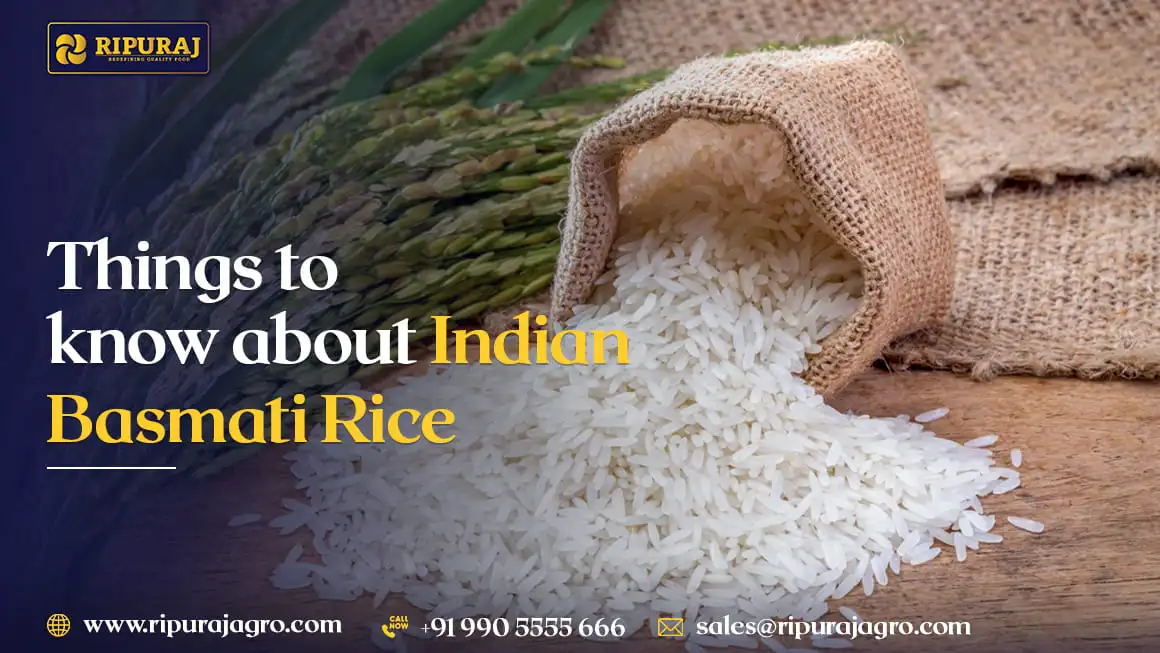
In the Hindu religion, Sawan has its significance. Every year it is celebrated for a month, but this year after 19 years, we will celebrate this divine month for 59 days. Sawan, also known as Shravan, holds immense significance in India. It is a time of celebration, devotion, and connection with nature. One of the prominent activities during this period is the plantation of paddy saplings. Paddy, or rice, is a staple crop in India and sustains millions of lives. Here we will explore the beauty and significance of planting paddy saplings during Sawan's auspicious month.
Connecting with Nature
Sawan is a monsoon month in India, characterised by abundant rainfall, lush greenery, and rejuvenated landscapes. Planting paddy saplings during this time allows us to connect with nature's rhythms. As we dig our hands into the wet soil, we witness life's cycle unfolding before us. The act of planting paddy saplings not only nourishes the land but also nurtures our connection with the Earth.
Traditional Practices
Paddy plantation during Sawan has deep-rooted cultural and traditional significance. Many communities in rural areas perform rituals and ceremonies to mark the beginning of this agricultural endeavour. Farmers seek the blessings of agriculture deities, such as Lord Indra and Goddess Parvati. These rituals not only honour traditions but also instil unity and gratitude within farming communities.
Timing is Everything
Planting paddy saplings at the right time is crucial for a successful crop. Sawan provides an ideal window for agricultural activity. The soil is moist, thanks to the monsoon rains, creating the perfect environment for paddy saplings. Waterlogged fields and increased humidity promote healthy germination and ensure plants get the necessary nourishment.
The Art of Plantation
Planting paddy saplings requires skill and precision. Farmers prepare the fields by ploughing, levelling, and puddling the soil to create the right conditions for transplantation. Then, with gentle hands, they plant the saplings in neat rows, ensuring proper spacing between each plant. This meticulous process reflects the knowledge and expertise passed down through generations, showcasing our farming communities' wisdom.
Contributions to Food Security
Paddy cultivation is vital for food security in India. Rice is a staple food for a lot of the population. The plantation of paddy saplings during Sawan contributes to the abundant harvest of this crucial crop. By engaging in this age-old tradition, farmers not only sustain their own livelihoods but also play a significant role in providing sustenance for the nation
Conclusion
Planting paddy saplings during Sawan is a beautiful way to connect with nature, honor traditions, and contribute to food security. As we witness the paddy fields turning vibrant green and observe the plants maturing under the nurturing monsoon rains, we are reminded of the cycle of life and the importance of sustainable agriculture. So, let us embrace the joy of Sawan and participate in the planting of paddy saplings, celebrating the harmony between humans and the environment.






